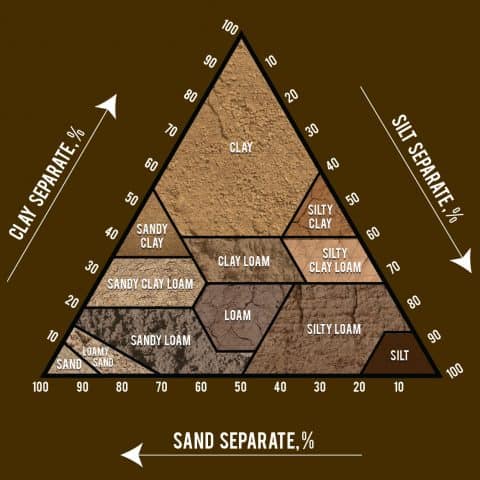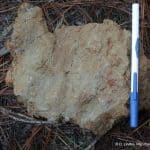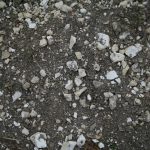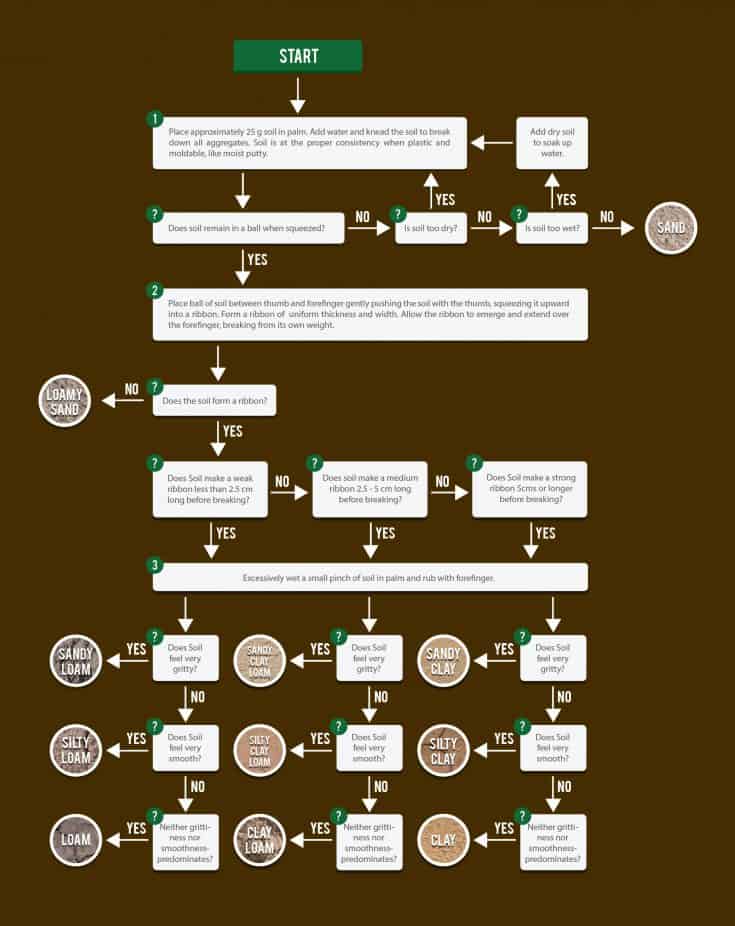Understanding Garden Soil, Everything you need to know About Soil
When it comes to gardening, soil is one of the most important things that you need to consider and understand. In fact, it is one of the most important resources on the planet, at the moment 95% of our food comes from soil.
What is soil?
The simple answer is that soil is the loose surface material that covers planet Earth that contains a mixture of decaying organic matter called humus, minerals, living organisms, air, water and tiny bits of broken rock.
That was the simplest answer I could come up with. However, when you look at it closely soil is much more complicated.
Soil contains the 17 essential nutrients needed for plant growth, along with air and water these nutrients taken up by plant roots allowing them to grow. Millions of organisms can be found in a tablespoon of soil, soil is also home to fungi and bacteria.
There are usually a couple of layers to soil you have the topsoil, subsoil and bedrock (parent material). The topsoil is where you usually get more of the humus, air, water and nutrients. The subsoil is usually denser, less air and not as nutritious.
The type of soil you have, depends on where you are situated on planet Earth, due to the fact of how soil is created over time. For example, your local topography and climate amongst other things have played a role in creating your soil.
What makes good soil?
The soil you have is usually determined by the amount of sand, silt and clay that is present. These three things will influence nearly every aspect of the way you use and manage the soil you have. Each of these three things have different particle sizes and thus different surface areas. Clay particles are less than 0.002mm in diameter, silt particles are 25 times bigger and finally sand particles can be 1,000 times bigger – up to 2mm in diameter.
Much of a soil particle’s ability to react with water and nutrients is in direct correlation to the amount of surface area available
Clay based soil holds nutrients and water more effectively, whilst sand doesn’t. However, Sandy soil holds more air.
The ideal soil should contain:
- 25% water
- 25% air
- 5% organic material
- 45% mineral
Don’t worry it’s not all doom and gloom, if your soil doesn’t appear to be ideal, there are several things you can do to improve it over time with some effort. For example, the use of fertilisers to increase soil nutrients, adding compost to increase organic material, draining waterlogged soil or even adding lime to make acidic soils more alkaline.
It is important to note, that when we look at soil, we don’t take into account any rocks or gravel when determining soil texture. If your soil is mostly composed of rocks and gravel, it could be unsuitable for growing plants due to that fact that it will have less ability to hold water and nutrients.
In this case, it may be best just to build raised beds and bring in quality topsoil.
There are six types of soil.
What are the six types of soil?
1 – Loamy Soil
This is the Holy Grail and is ideal for gardening and growing vegetables, it’s comprised of a mixture on average of 20% clay, 40% sand and 40% silt, it avoids the extremes of clay and sandy soils. It has all the strengths of the three types, doesn’t dry under the summer heat nor does it become waterlogged during the winter. Loamy soil is fertile, well-drained, easily worked, dark, has a crumbly texture and supports most types of plants.

2 -Sandy Soil
Sandy soil usually has over 68% sand particles in it and very little clay. Sandy soil is also known as light soil, this type of soil drains quickly after it rains or after watering. Sandy soils are usually low in plant nutrients due to the fact that all the nutrients get washed away after it rains, it’s usually very acidic as well.
On a positive note sandy soils do warm up quicker in spring allowing for earlier planting.
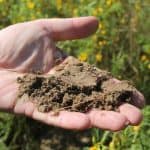
3- Clay Soil
clay soil usually has a minimum of 30% find clay particles and is known as heavy soil, this type of soil is usually compact and has issues with drainage whilst at the same time is full of nutrients. Clay soil usually goes rock hard in summer and waterlogged in winter.
The addition of organic matter to this soil will help to improve drainage and air within it.
4- Silt Soil
Silt soil consists of 80% silt. Still soils are made up fine particles that can be easily compacted. Silt soils are prone to being washed away in wind erosion if left exposed. Good news is that silt soils are extremely rare in a garden environment. Silt, soil can be improved with the addition of organic matter and gravel. Silt soils do not clump easily together and have slightly soapy slippery texture.
5- Peaty Soil
Peaty soil is almost the opposite of chalky soil and is acidic in nature with a lot more organic matter. It is easy to work with and usually found around swamped marshes and bogs. Peat soils formed by the slow decomposition of aquatic and some aquatic plants layer upon layer.
6- Chalky Soil
Chalky soils are extremely alkaline and give gardeners the biggest headache, due to the fact that certain plants just won’t grow. Due to the high alkaline level, plants find it hard to use the available nutrients. Chalk soils usually have pH around 7.5 or higher, essential nutrients such as manganese and iron unavailable plants at this level.
What soil do you have?
You can use a soil test below to find out what soil you have.
The easiest way to find out if you have chalky soil is to get a handful of soil and place it into a jar containing vinegar. If the soil froths then the soil contains calcium carbonate (chalk) or limestone and is lime rich.
Another important aspect that you need to know about soil is your soil’s pH level, whether it is acidic or alkaline this, knowing this will have an impact on what plants you can and can’t grow and how you manage your soil.
The pH scale ranges from 0 to 14. The pH level of 7.0 is considered as neutral, if your soil has a pH level below 7.0 it is considered acidic, likewise if your soil has a pH level above 7.0 is considered alkaline.
High or Low pH will affect what you want to grow in your garden, some plants prefer a higher pH whilst others prefer a lower pH.
When should you test your soil?
You should test your soil’s pH level before designing or planning a new garden, and when you move into a new home. It’s also advisable to test your soil for any heavy metals or soil contaminants could be lurking in the ground, after all the UK was an Industrial powerhouse in the 1800’s. If your looking to get a soil test done you can give Safe Soil a try.

